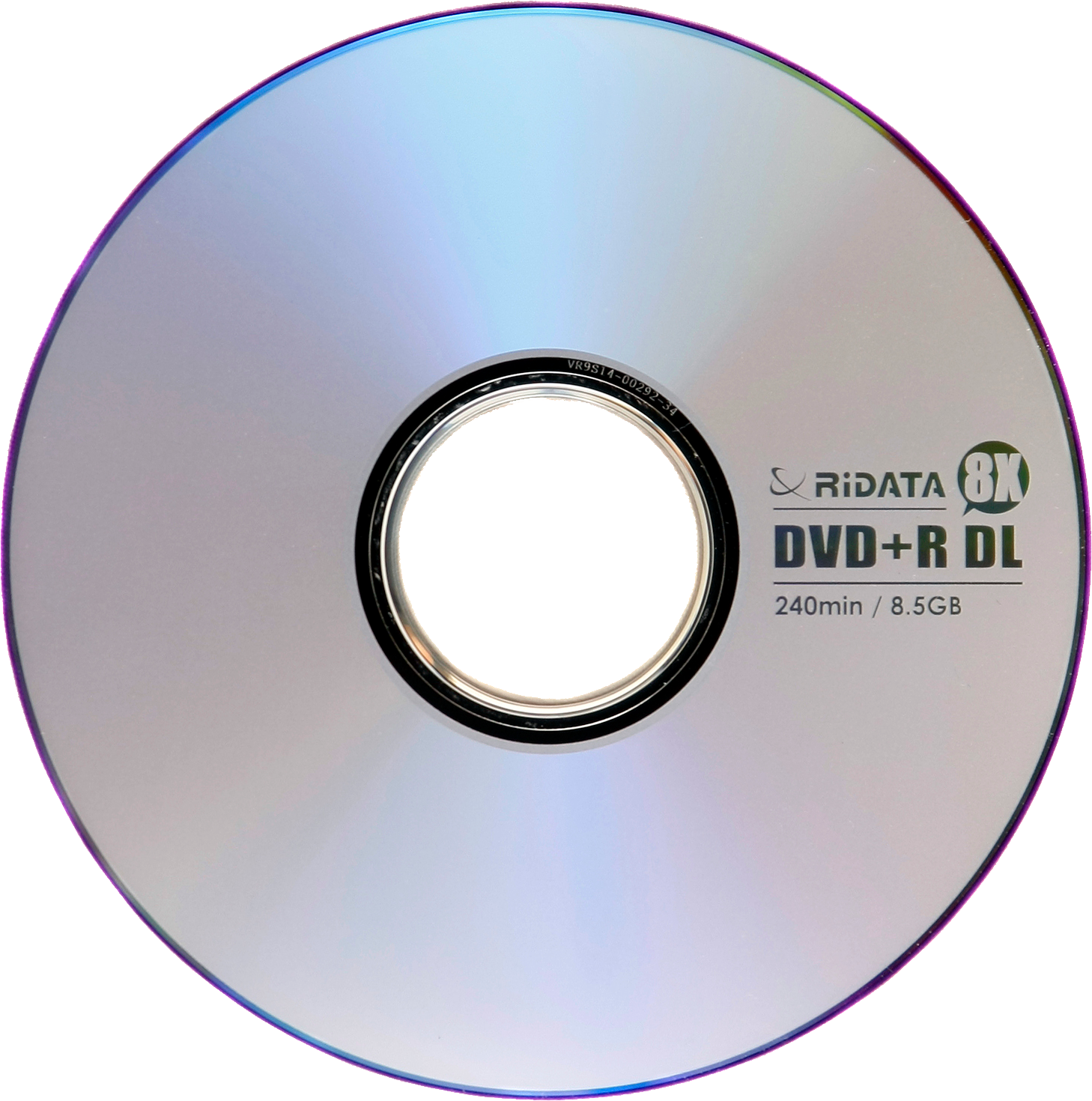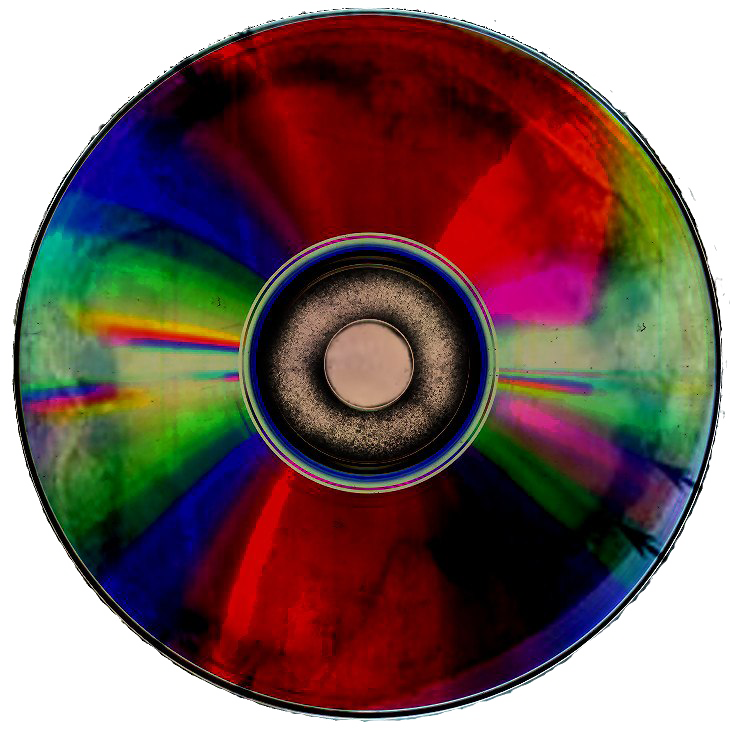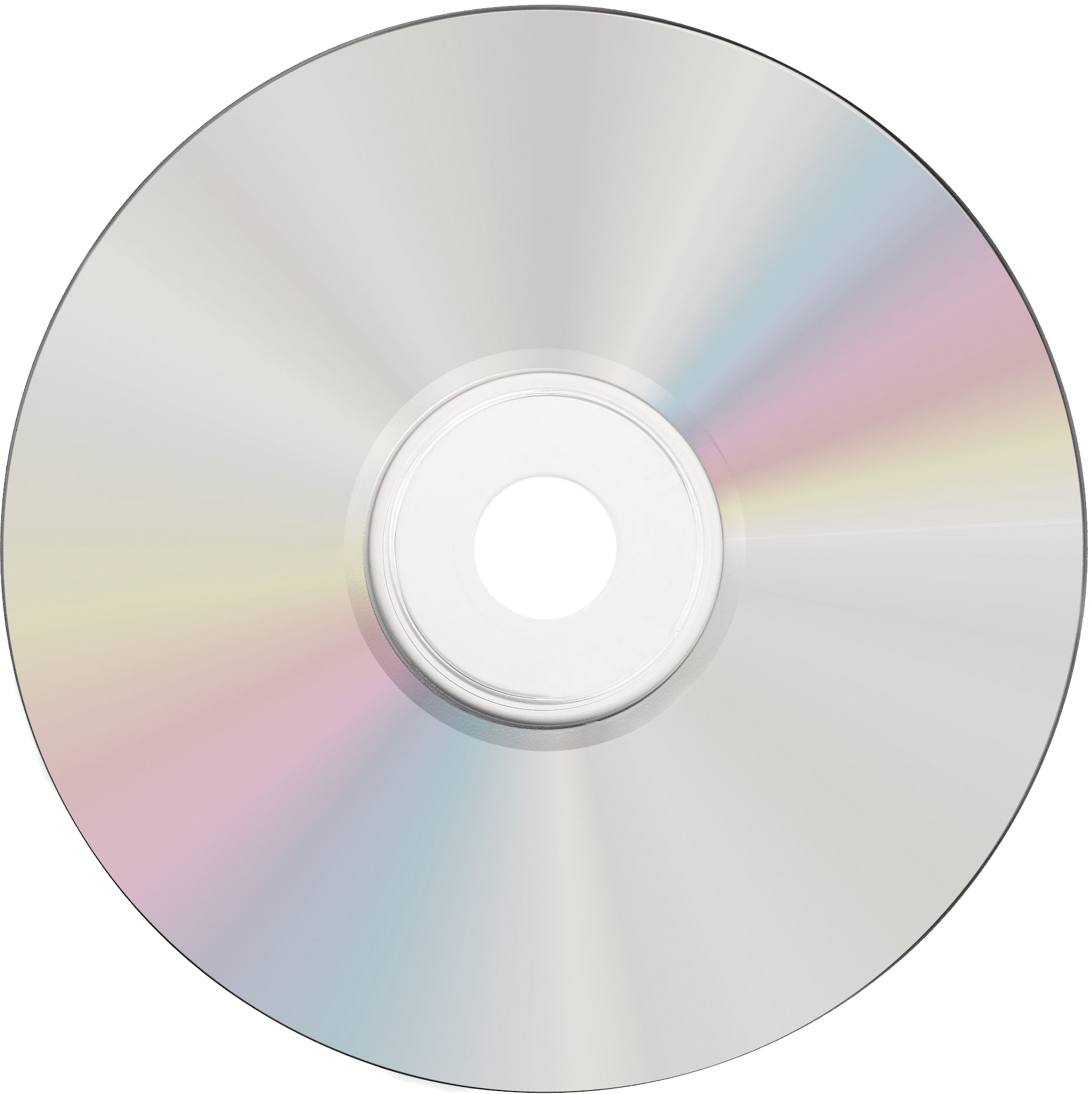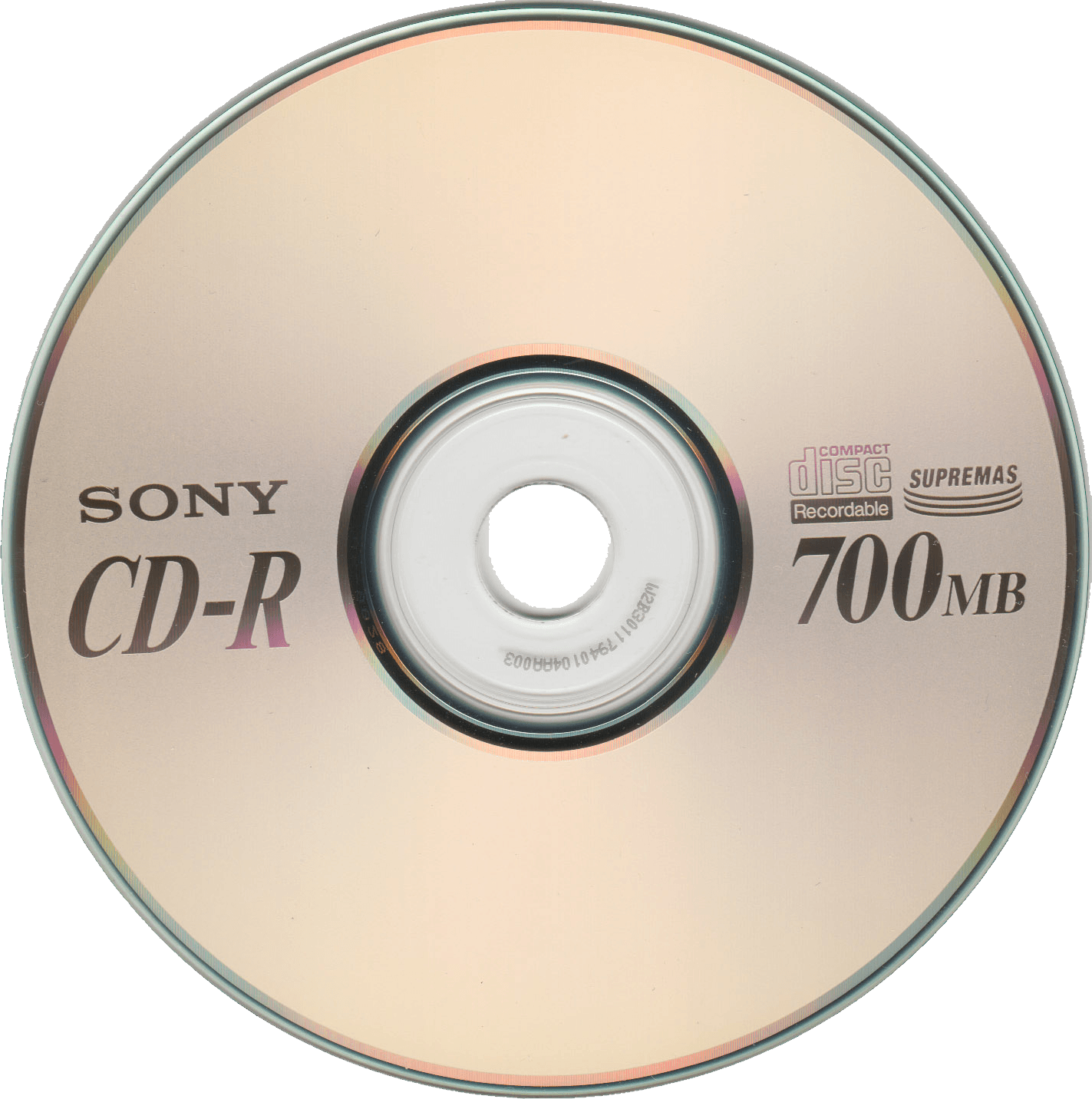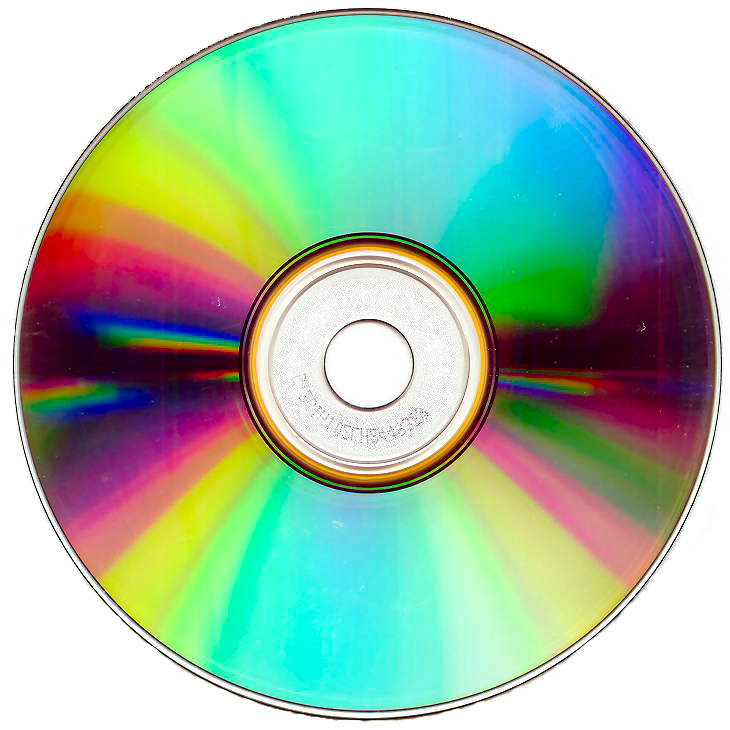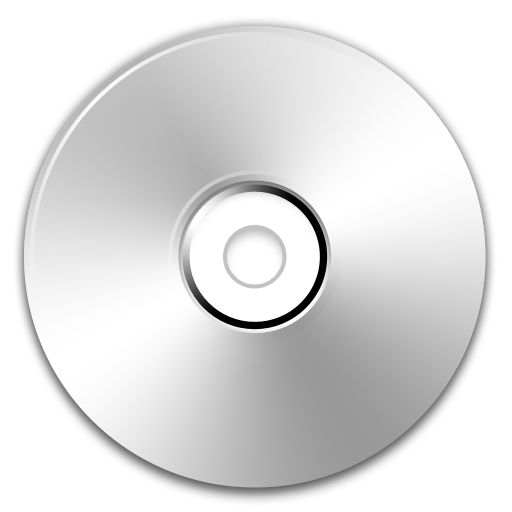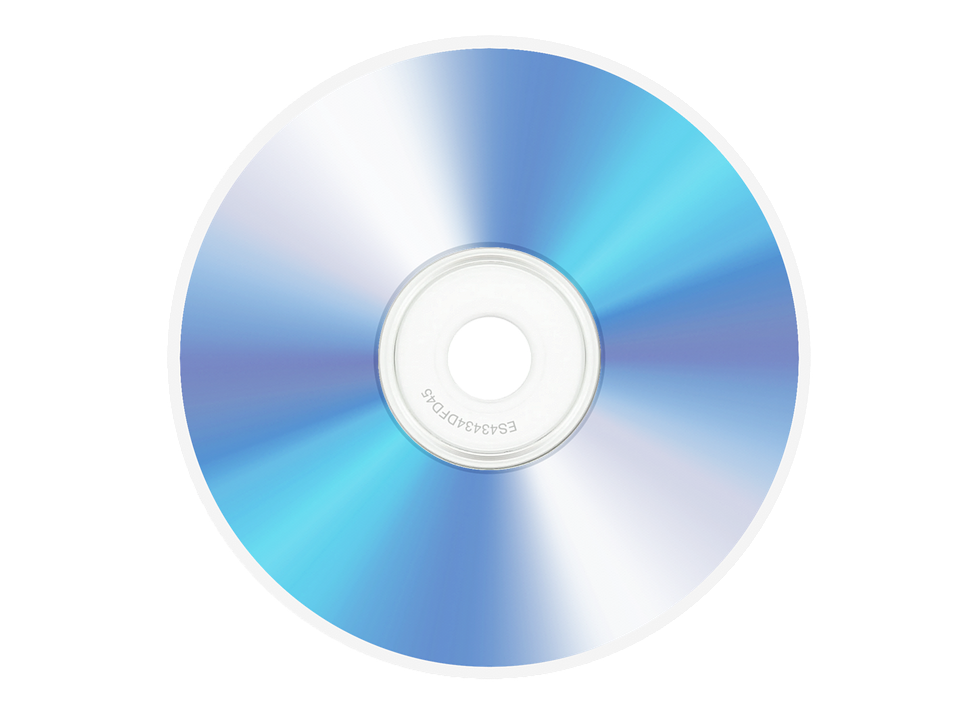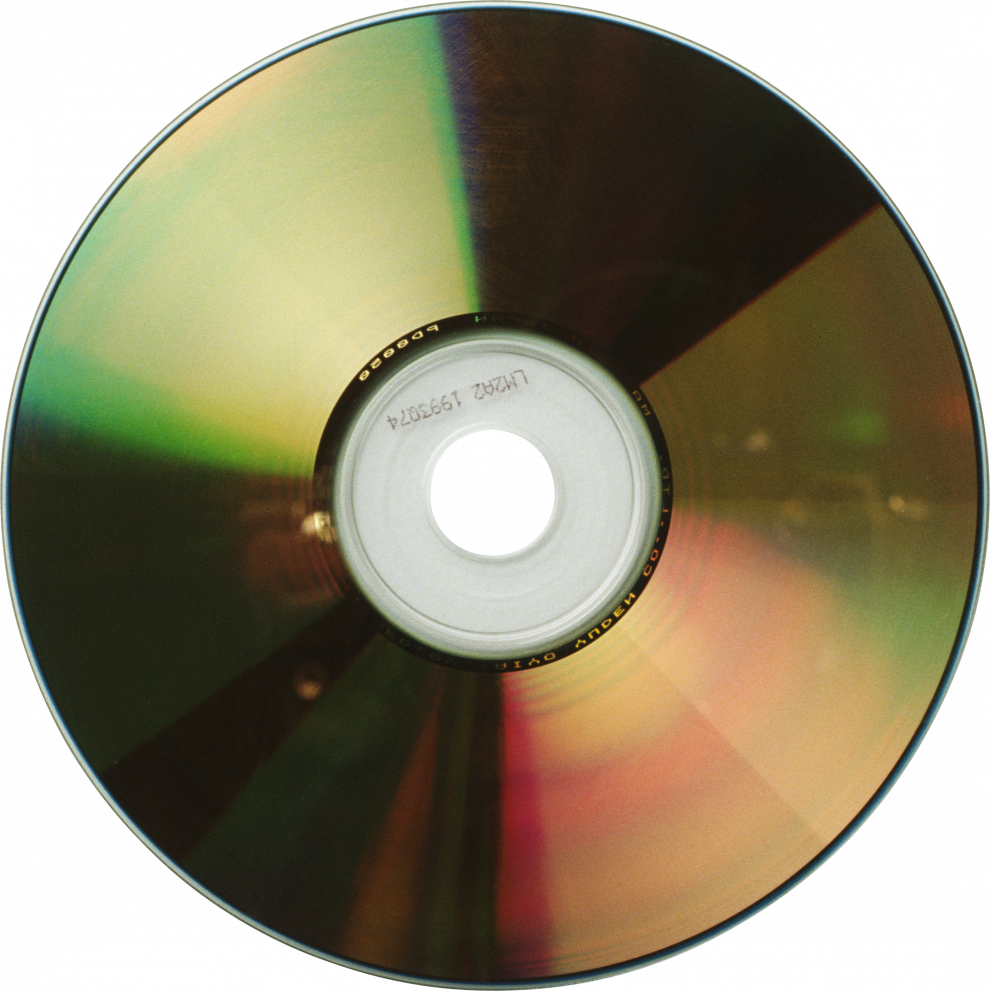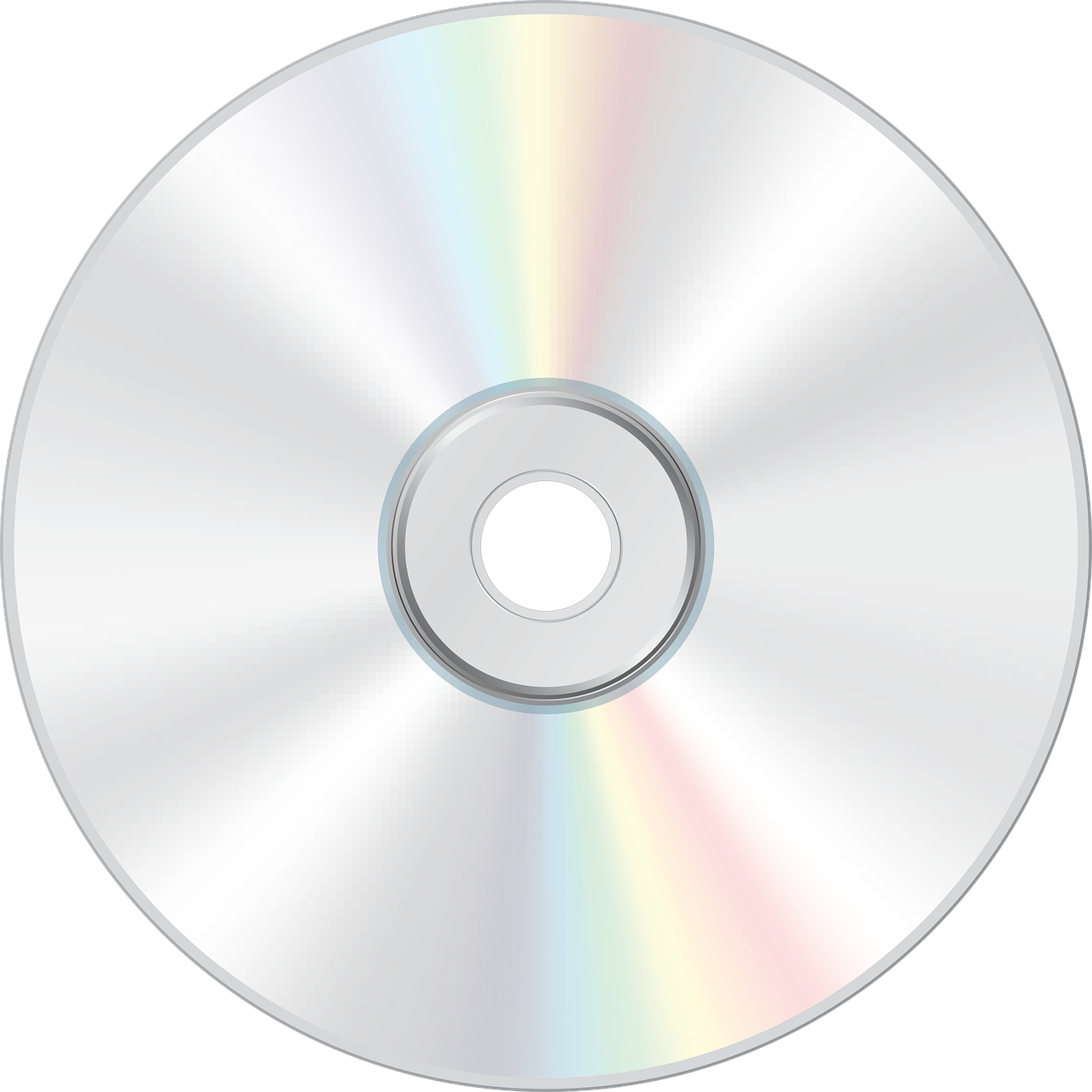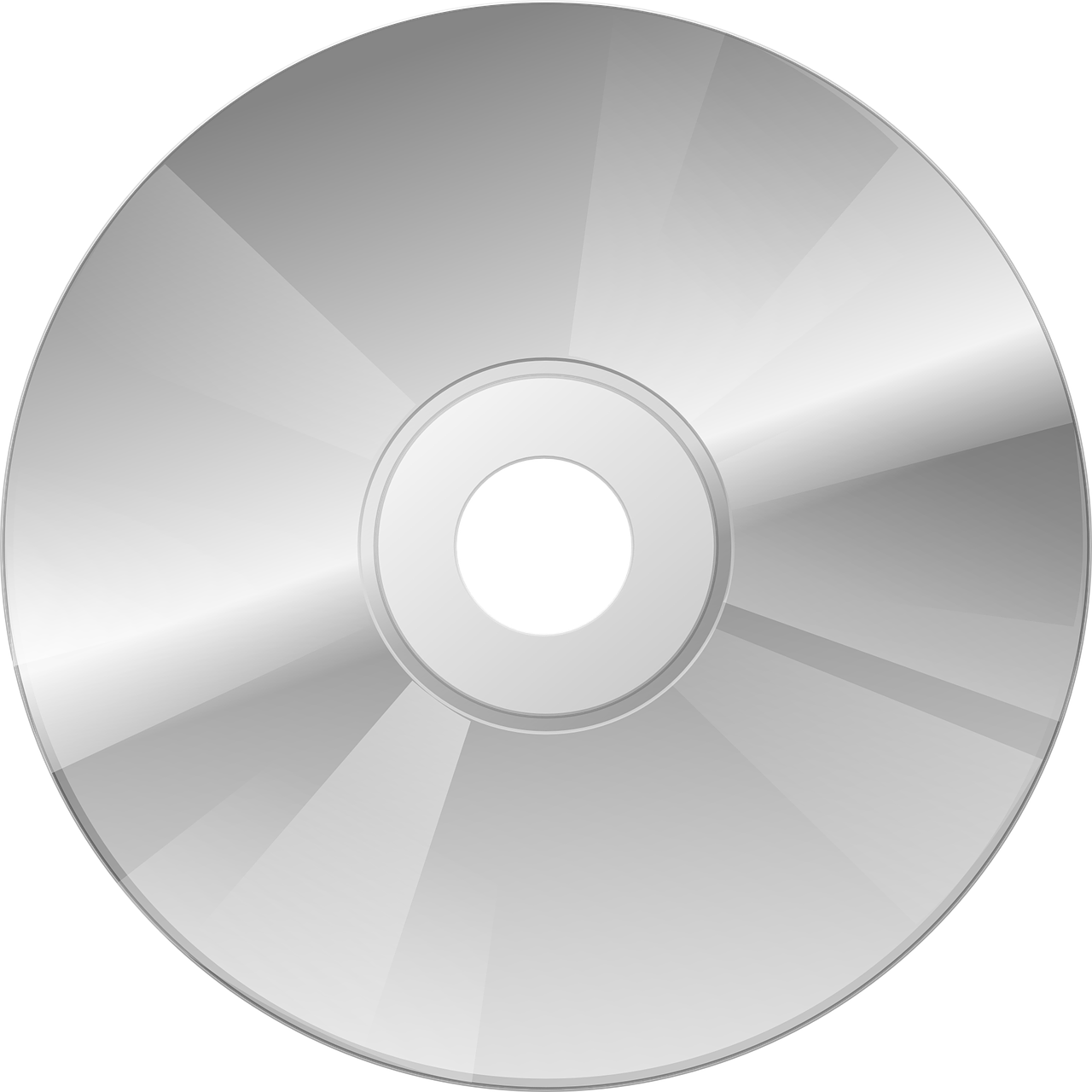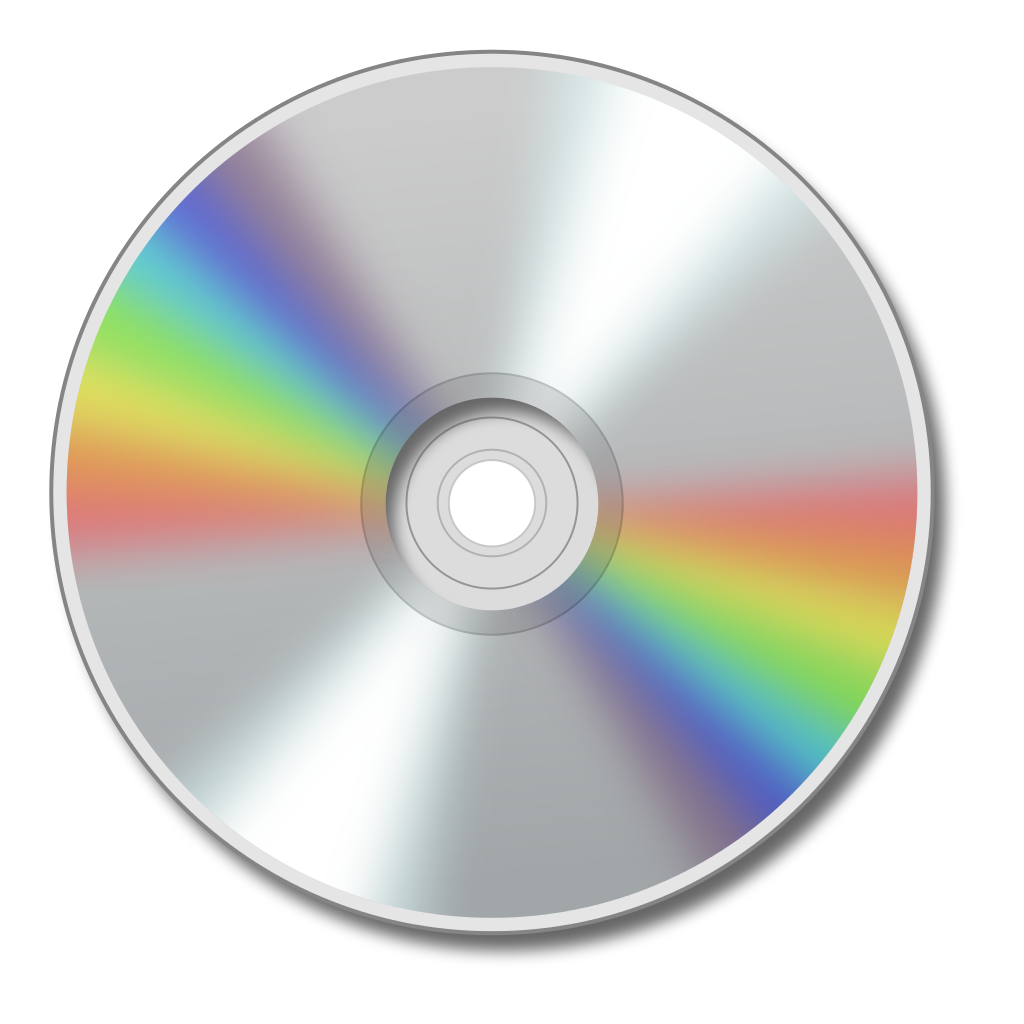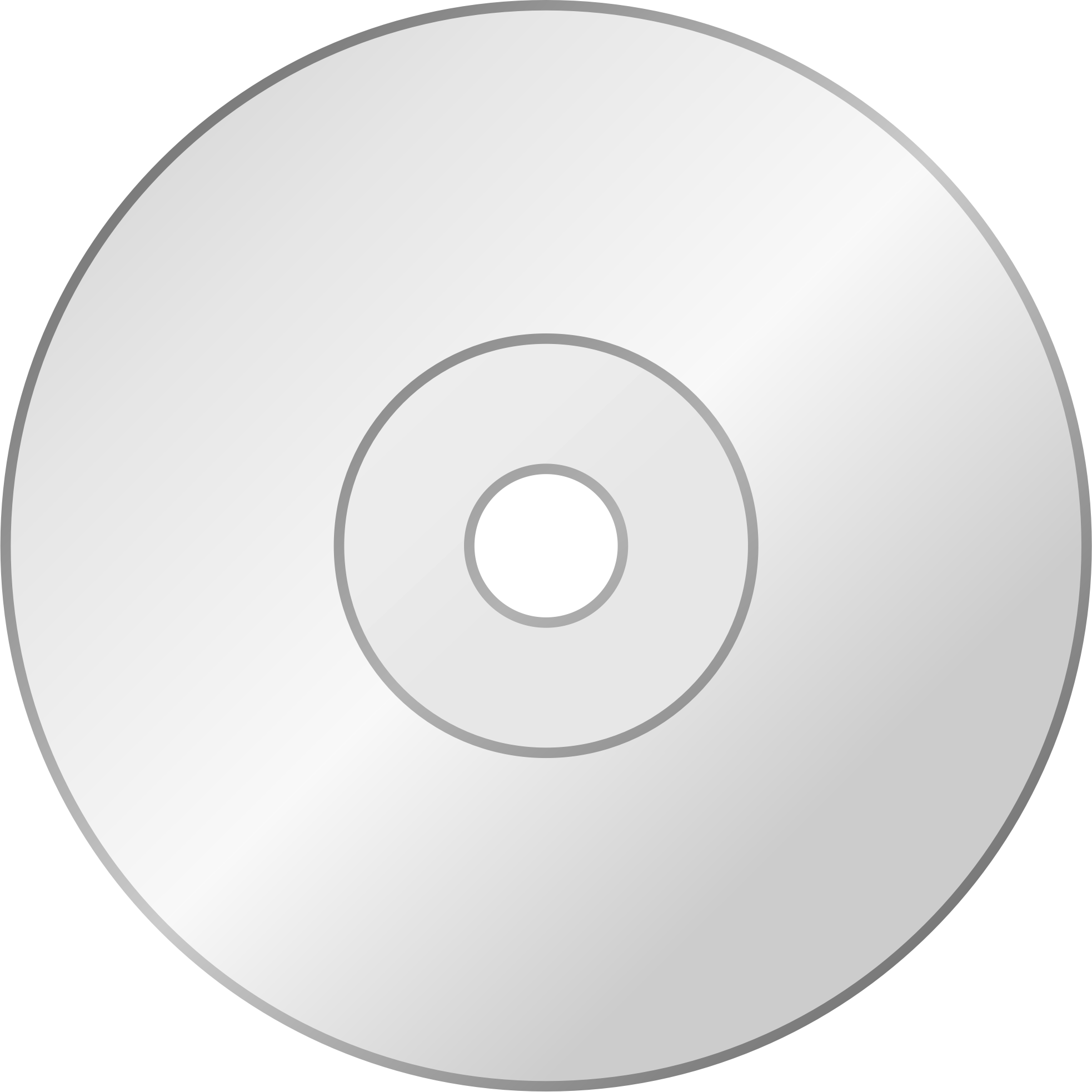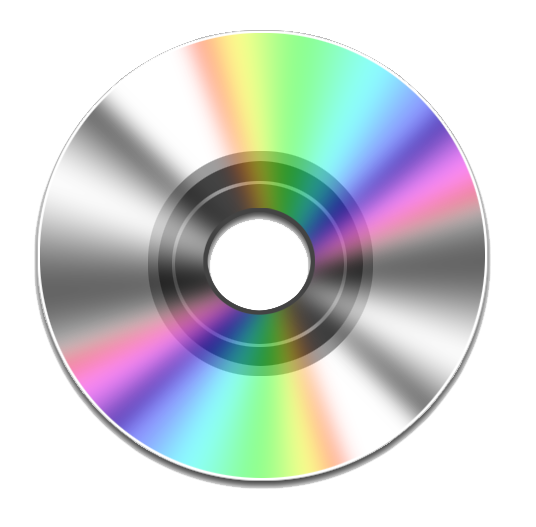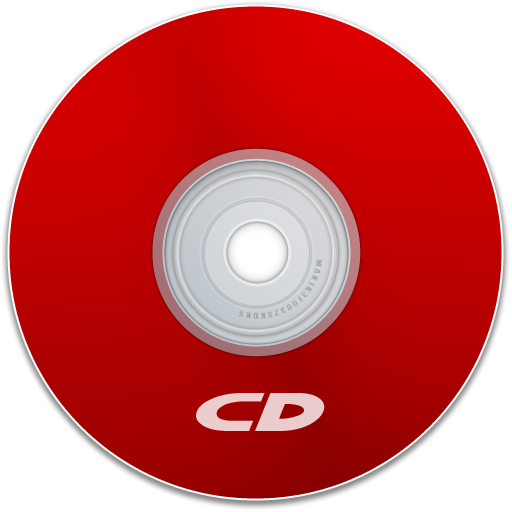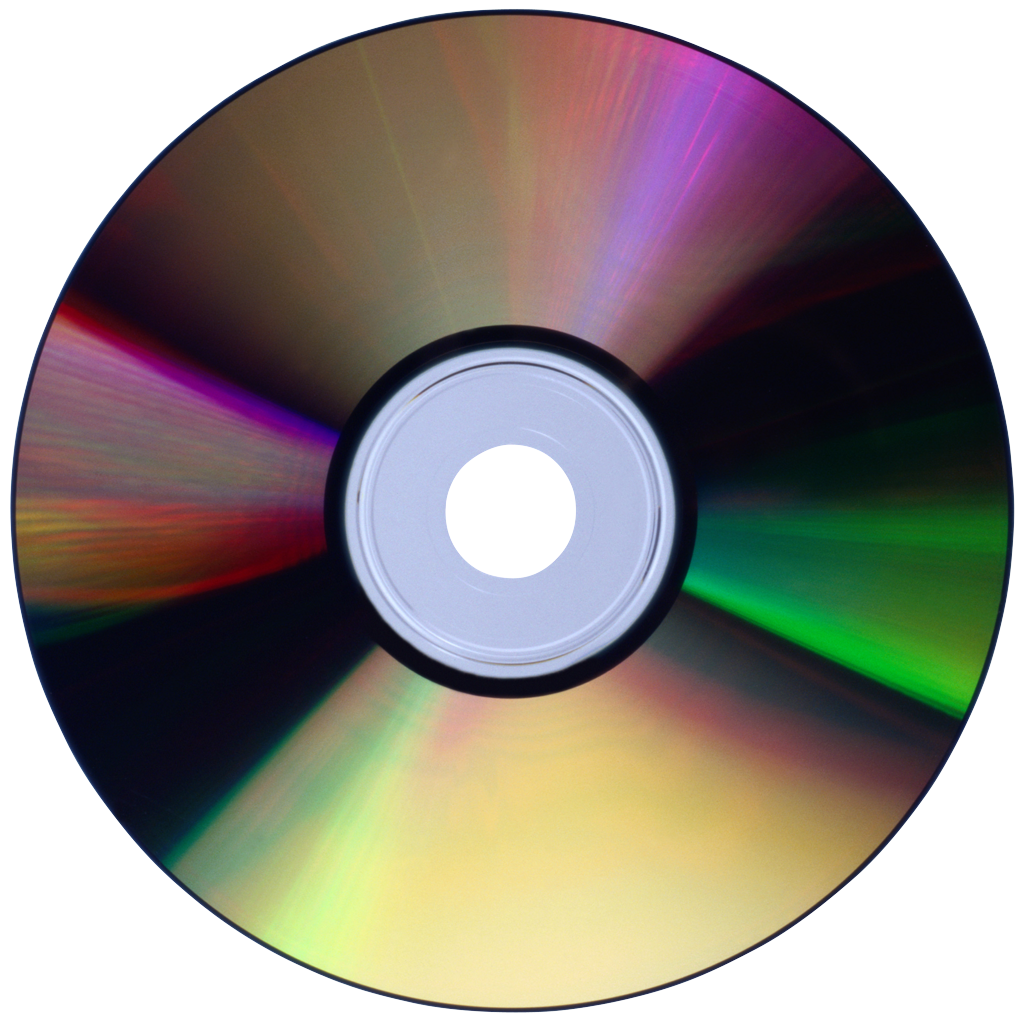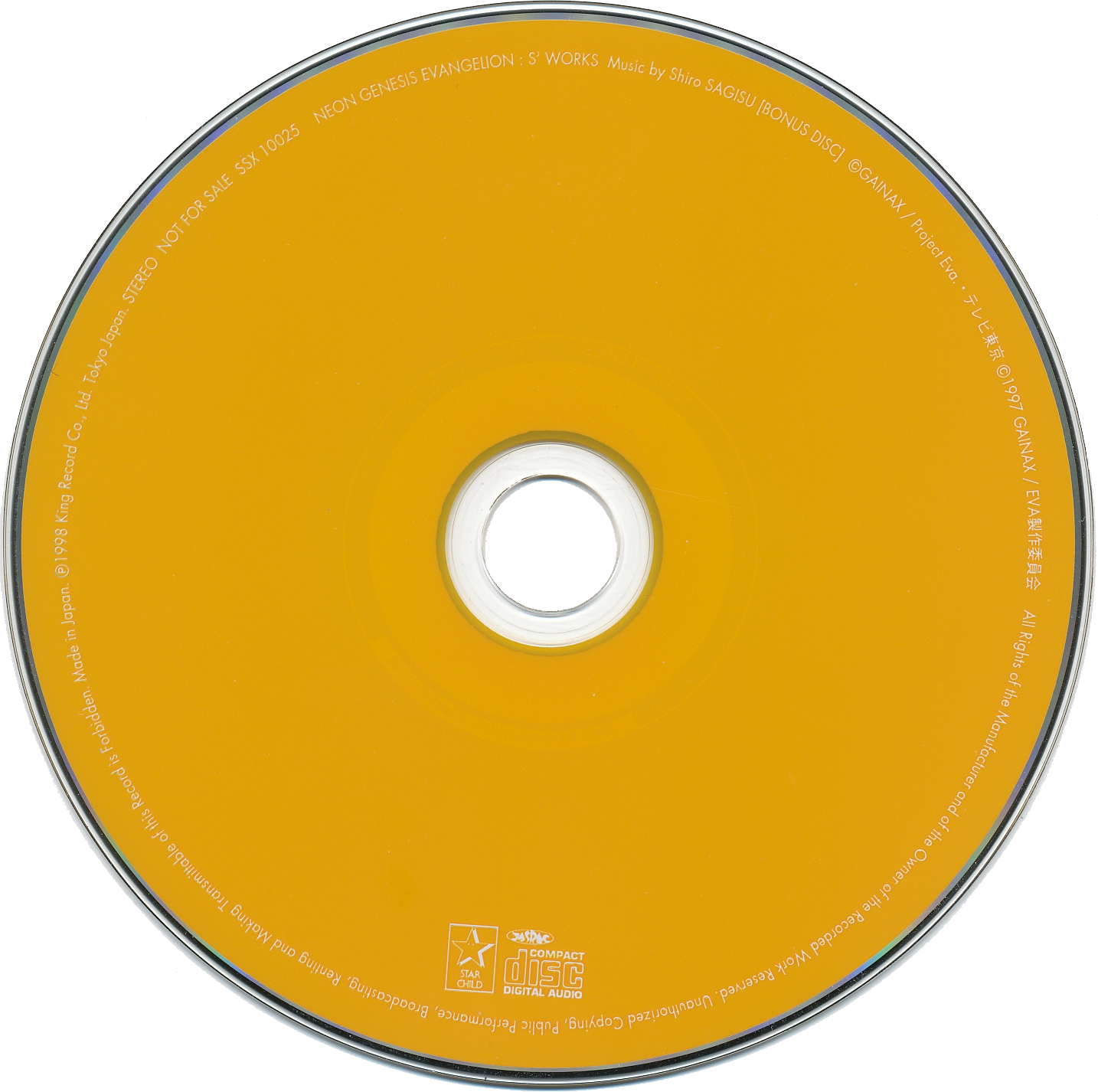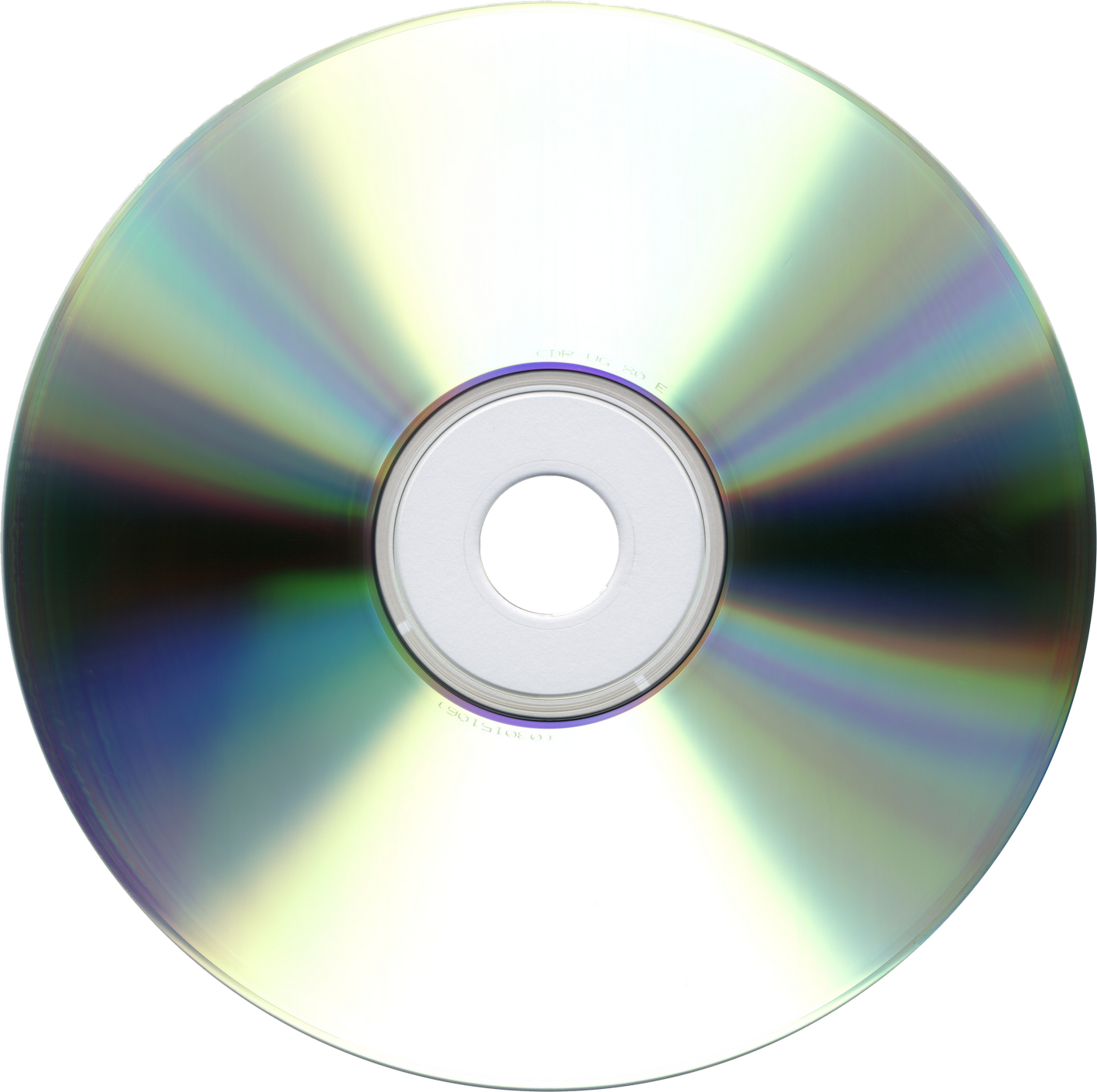Download top and best high-quality free CD PNG Transparent Images backgrounds available in various sizes. To view the full PNG size resolution click on any of the below image thumbnail.
License Info: Creative Commons 4.0 BY-NC
The compact disc (CD) is a digital optical disc data storage format for storing and playing digital audio recordings that was co-developed by Philips and Sony. The first compact disc was made in August 1982. It was later renamed Digital Audio Compact Disc and introduced in October 1982.
Later, the format was developed for data storage (CD-ROM). Write-once audio and data storage (CD-R), rewritable media (CD-RW), Video CD (VCD), Super Video CD (SVCD), Photo CD, Picture CD, Compact Disc-Interactive (CD-i), and Enhanced Music CD were all evolved from these.
CDs have a diameter of 120 millimetres (4.7 inches) and can carry up to 74 minutes of uncompressed stereo digital audio or 650 megabytes of data. By cramming more data onto the same sized disc, capacity may be increased to 80 minutes and 700 MB. Mini CDs come in a variety of sizes, ranging from 60 to 80 millimetres (2.4 to 3.1 inches), and are occasionally used to store up to 24 minutes of audio or to provide device drivers.
A CD could store significantly more data than a personal computer hard disk drive, which could only hold 10 MB at the time of its release in 1982. By 2010, hard drives had dropped in price to the point that they could hold the same amount of data as a thousand CDs. Around 30 billion audio CDs, CD-ROMs, and CD-Rs were sold globally in 2004. Globally, 200 billion CDs have been sold by 2007.
A CD is constructed of polycarbonate plastic that is 1.2 millimetres thick (0.047 mm) and weighs 14″33 grams. The center spindle hole (15 mm), the first-transition region (clamping ring), the clamping area (stacking ring), the second-transition area (mirror band), the program (data) area, and the rim are the components from the center outward. The radius of the inner program area ranges from 25 to 58 mm.
The surface is coated with a small layer of aluminum or, more rarely, gold to make it reflective. A film of lacquer is generally spin coated directly on the reflective layer to preserve the metal. Screen printing or offset printing is used to print the label on the lacquer layer.
A compact disc’s Pits and Lands under a microscope
CD data is recorded in a spiral track moulded into the top of the polycarbonate layer as small indentations known as pits. Lands are the places in between mines. Each hole is around 100 nm deep, 500 nm broad, and ranges in length from 850 nm to 3.5 m. The pitch (distance between the tracks) is 1.6 meters.
When you play an audio CD, a motor within the player rotates the disc at 1.2″1.4 m/s (constant linear velocity, CLV)”roughly 500 RPM on the inside and 200 RPM on the outer edge. The CD track starts on the inside and spirals outward, slowing the rotation rate of the disc when played from beginning to end.
Download CD PNG images transparent gallery.
- CD Blank PNG Picture
Resolution: 2081 × 1429
Size: 917 KB
Image Format: .png
Download
- CD PNG Images
Resolution: 980 × 980
Size: 29 KB
Image Format: .png
Download
- CD PNG Photos
Resolution: 1458 × 1470
Size: 1980 KB
Image Format: .png
Download
- CD Transparent
Resolution: 2400 × 2400
Size: 146 KB
Image Format: .png
Download
- Compact Disk CD PNG File
Resolution: 730 × 730
Size: 615 KB
Image Format: .png
Download
- CD Blank PNG HD Image
Resolution: 1858 × 1861
Size: 542 KB
Image Format: .png
Download
- Compact Disk CD PNG Image
Resolution: 1423 × 1432
Size: 566 KB
Image Format: .png
Download
- CD PNG Clipart
Resolution: 512 × 512
Size: 161 KB
Image Format: .png
Download
- CD Blank PNG Image HD
Resolution: 832 × 555
Size: 254 KB
Image Format: .png
Download
- CD PNG Picture
Resolution: 507 × 338
Size: 154 KB
Image Format: .png
Download
- CD Blank No Background
Resolution: 450 × 450
Size: 32 KB
Image Format: .png
Download
- CD Disk
Resolution: 720 × 720
Size: 184 KB
Image Format: .png
Download
- CD PNG HD Image
Resolution: 564 × 640
Size: 154 KB
Image Format: .png
Download
- Compact Disk CD PNG Photo
Resolution: 730 × 730
Size: 726 KB
Image Format: .png
Download
- CD Blank PNG Images HD
Resolution: 640 × 640
Size: 90 KB
Image Format: .png
Download
- CD PNG
Resolution: 800 × 800
Size: 97 KB
Image Format: .png
Download
- CD Blank PNG Free Image
Resolution: 4961 × 4961
Size: 2164 KB
Image Format: .png
Download
- Compact Disk CD
Resolution: 980 × 980
Size: 81 KB
Image Format: .png
Download
- CD Blank PNG
Resolution: 512 × 512
Size: 53 KB
Image Format: .png
Download
- CD PNG Pic
Resolution: 561 × 568
Size: 133 KB
Image Format: .png
Download
- CD Disk PNG
Resolution: 960 × 720
Size: 397 KB
Image Format: .png
Download
- CD PNG File
Resolution: 981 × 980
Size: 60 KB
Image Format: .png
Download
- Compact Disk CD PNG Cutout
Resolution: 571 × 237
Size: 203 KB
Image Format: .png
Download
- Compact Disk CD PNG Images
Resolution: 512 × 512
Size: 26 KB
Image Format: .png
Download
- CD Blank PNG Pic
Resolution: 2400 × 2376
Size: 713 KB
Image Format: .png
Download
- CD Blank PNG File
Resolution: 512 × 512
Size: 17 KB
Image Format: .png
Download
- CD Blank PNG Image
Resolution: 990 × 991
Size: 1519 KB
Image Format: .png
Download
- CD Blank PNG Photo
Resolution: 1280 × 1280
Size: 347 KB
Image Format: .png
Download
- CD Blank PNG Cutout
Resolution: 1280 × 1280
Size: 220 KB
Image Format: .png
Download
- Compact Disk CD PNG Photos
Resolution: 512 × 512
Size: 146 KB
Image Format: .png
Download
- CD Disk PNG Pic
Resolution: 1024 × 1024
Size: 452 KB
Image Format: .png
Download
- CD Blank PNG Images
Resolution: 3520 × 3520
Size: 520 KB
Image Format: .png
Download
- CD Blank PNG Photos
Resolution: 1965 × 1965
Size: 110 KB
Image Format: .png
Download
- CD PNG Image
Resolution: 1280 × 1280
Size: 195 KB
Image Format: .png
Download
- Compact Disk CD PNG
Resolution: 536 × 527
Size: 207 KB
Image Format: .png
Download
- Compact Disk CD PNG Pic
Resolution: 512 × 512
Size: 93 KB
Image Format: .png
Download
- CD
Resolution: 1000 × 1000
Size: 591 KB
Image Format: .png
Download
- CD PNG Photo
Resolution: 1091 × 980
Size: 193 KB
Image Format: .png
Download
- CD Blank
Resolution: 1024 × 1024
Size: 1259 KB
Image Format: .png
Download
- CD Blank Transparent
Resolution: 1434 × 1426
Size: 2366 KB
Image Format: .png
Download
- CD Blank PNG Clipart
Resolution: 1419 × 1412
Size: 1583 KB
Image Format: .png
Download
- CD PNG Cutout
Resolution: 1280 × 1024
Size: 582 KB
Image Format: .png
Download


